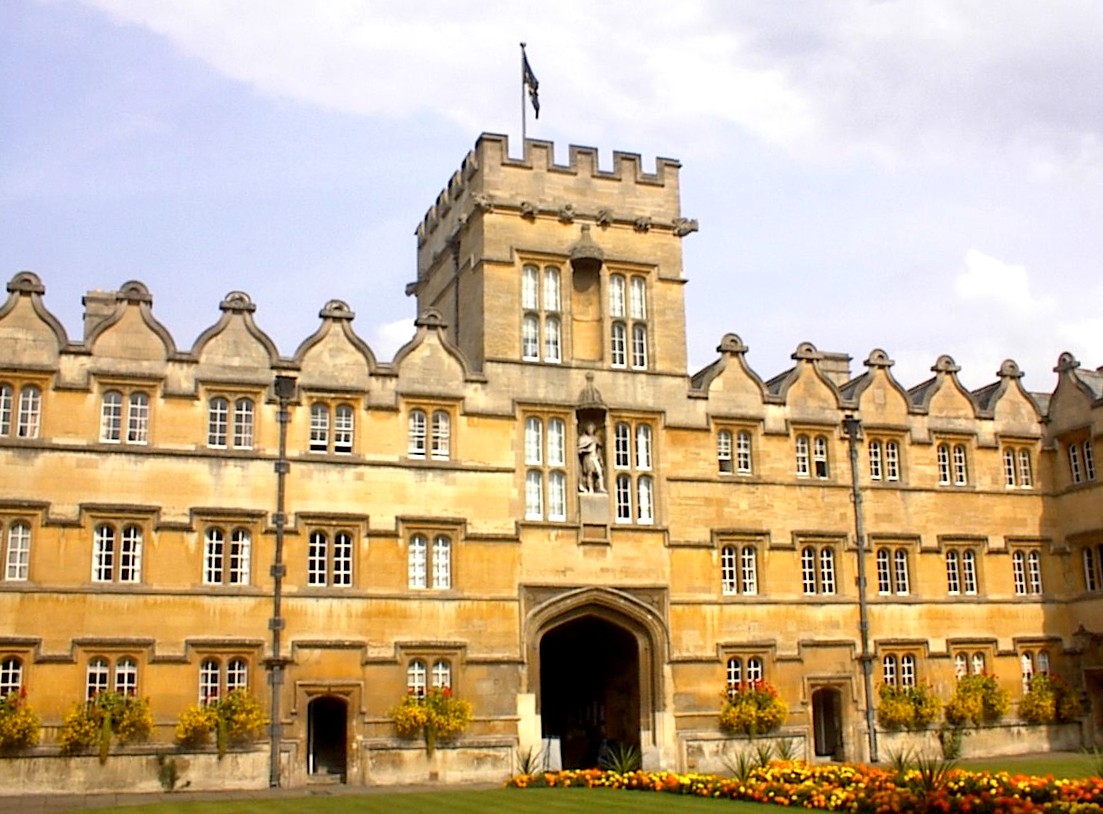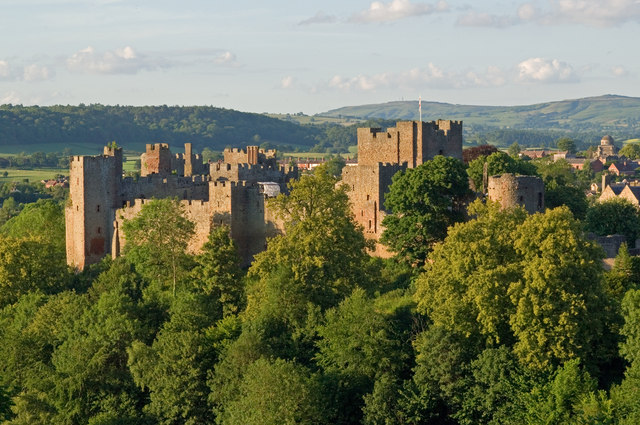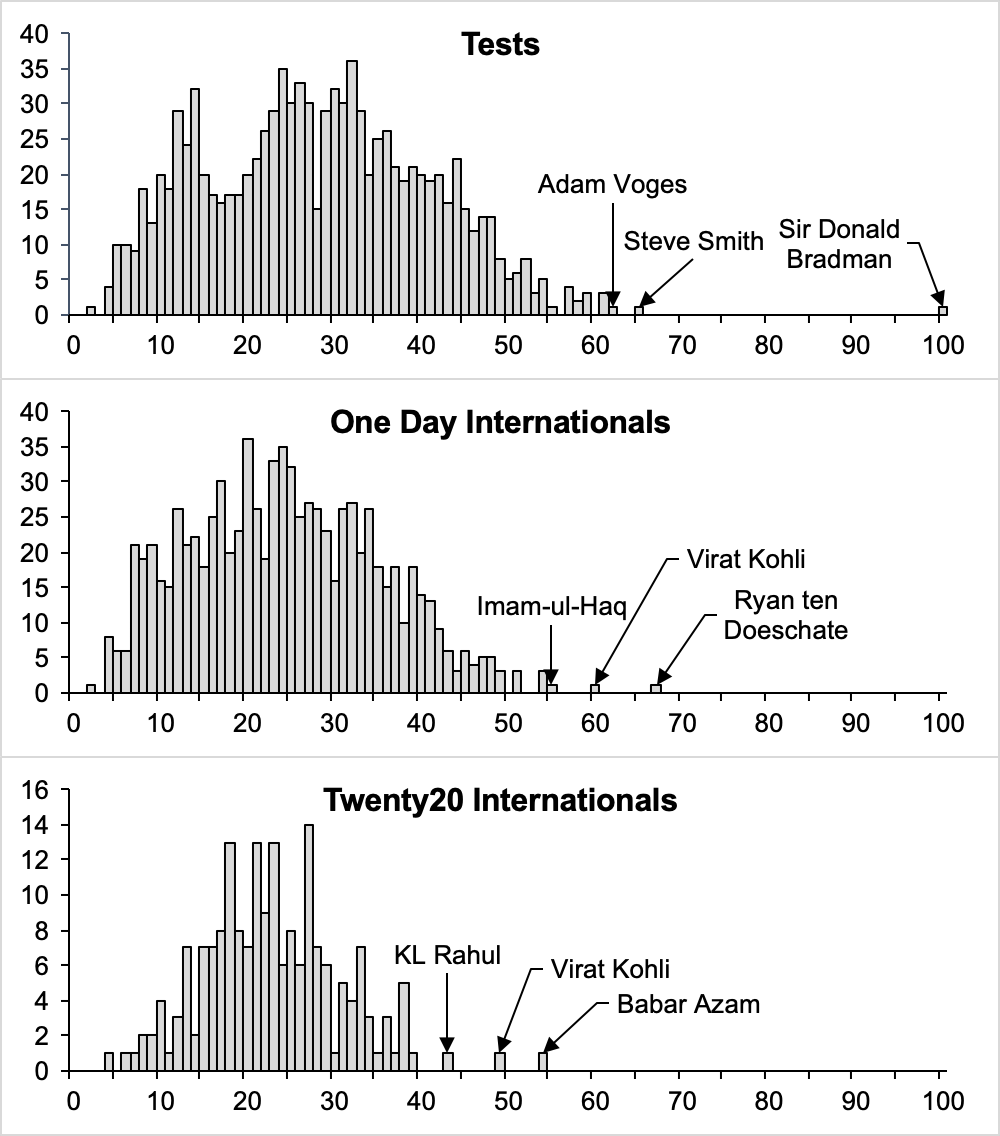|
Edward Garnier (cricketer)
Edward Southwell Garnier (5 April 1850 – 8 August 1938) was an English first-class cricketer and clergyman. Early life and background Garnier was born in April 1850 at Paddington, the son of Thomas Garnier (1809-1863) and Lady Caroline Keppel (1814-1898). His father was Dean of Lincoln, and his mother was the youngest daughter of William Keppel, 4th Earl of Albemarle. His brother Thomas was also a first-class cricketer. Education and cricket career He was educated at Marlborough College, before matriculating at University College, Oxford in 1869, graduating B.A. in 1873 and M.A. in 1876. While studying at Oxford, he played first-class cricket for Oxford University, making his debut against the Marylebone Cricket Club at Oxford in 1871. He played first-class cricket for Oxford until 1873, making ten appearances. He scored a total of 187 runs in his ten matches, at an average of 11.68 and a high score of 66 not out. He also played below first-class at county l ... [...More Info...] [...Related Items...] OR: [Wikipedia] [Google] [Baidu] |
Paddington
Paddington is an area within the City of Westminster, in Central London. First a medieval parish then a metropolitan borough, it was integrated with Westminster and Greater London in 1965. Three important landmarks of the district are Paddington station, designed by the engineer Isambard Kingdom Brunel and opened in 1847; St Mary's Hospital; and the former Paddington Green Police Station (once the most important high-security police station in the United Kingdom). A major project called Paddington Waterside aims to regenerate former railway and canal land between 1998 and 2018, and the area is seeing many new developments. Offshoot districts (historically within Paddington) are Maida Vale, Westbourne and Bayswater including Lancaster Gate. History The earliest extant references to ''Padington'' (or "Padintun", as in the ''Saxon Chartularies'', 959), historically a part of Middlesex, appear in documentation of purported tenth-century land grants to the monks of Westmin ... [...More Info...] [...Related Items...] OR: [Wikipedia] [Google] [Baidu] |
University College, Oxford
University College (in full The College of the Great Hall of the University of Oxford, colloquially referred to as "Univ") is a constituent college of the University of Oxford in England. It has a claim to being the oldest college of the university, having been founded in 1249 by William of Durham. As of 2018, the college had an estimated financial endowment of £132.7m. The college is associated with a number of influential people, including Clement Attlee, Harold Wilson, Bill Clinton, Neil Gorsuch, Stephen Hawking, C. S. Lewis, V. S. Naipaul, Robert Reich, William Beveridge, Bob Hawke, Robert Cecil, and Percy Bysshe Shelley. History A legend arose in the 14th century that the college was founded by King Alfred in 872. This explains why the college arms are those attributed to King Alfred, why the Visitor is always the reigning monarch, and why the college celebrated its millennium in 1872. Most agree that in reality the college was founded in 1249 by William of Durham ... [...More Info...] [...Related Items...] OR: [Wikipedia] [Google] [Baidu] |
Biggleswade
Biggleswade ( ) is a market town and civil parish in Central Bedfordshire in Bedfordshire, England. It lies on the River Ivel, 11 miles (18 km) south-east of Bedford. Its population was 16,551 in the 2011 United Kingdom census, and its estimated population in mid-2019 had increased to 21,700, its growth encouraged by good road and rail links to London. The King's Reach development, begun in 2010, will provide 2,000 new homes to the east of the town. Highlights Evidence of settlement in the area goes back to the Neolithic period, but it is likely that the town as such was founded by Anglo-Saxons. A gold Anglo-Saxon coin was found on a footpath beside the River Ivel in 2001. The British Museum bought the coin in February 2006 and at the time, it was the most expensive British coin purchased. A charter to hold a market was granted by King John in the 13th-century. In 1785 a great fire devastated the town. The Great North Road passed through until a bypass was completed ... [...More Info...] [...Related Items...] OR: [Wikipedia] [Google] [Baidu] |
Aspley Guise
Aspley Guise is a village and civil parish in the west of Central Bedfordshire, England. In addition to the village of Aspley Guise itself, the civil parish also includes part of the town of Woburn Sands, the rest of which is in the City of Milton Keynes in Buckinghamshire. Together with Woburn Sands and Aspley Heath, it forms part of the Milton Keynes urban area.See map at It is centred east southeast of Central Milton Keynes and south of the M1 junction 13. It has its own railway station on the Marston Vale Line, and an historic centre with 29 listed buildings. History Etymology ''Asperele'' and ''Aspel'' are recorded in Letter Patents, Assize Rolls and such documents of the 13th century, with the names ''Aspelegise'' appearing in the following century. The name derives from "Aspenlea" meaning the aspen clearing – and from the late medieval period, "of the de Guise family" when Anselm de Gyse became Lord of the Manor in 1375. Early history The first record of Aspl ... [...More Info...] [...Related Items...] OR: [Wikipedia] [Google] [Baidu] |
Bishop Of Ely
The Bishop of Ely is the ordinary of the Church of England Diocese of Ely in the Province of Canterbury. The diocese roughly covers the county of Cambridgeshire (with the exception of the Soke of Peterborough), together with a section of north-west Norfolk and has its episcopal see in the City of Ely, Isle of Ely in Cambridgeshire, where the seat is located at the Cathedral Church of the Holy Trinity. The current bishop is Stephen Conway, who signs ''+Stephen Elien:'' (abbreviation of the Latin adjective ''Eliensis'', meaning "of Ely"). The diocesan bishops resided at the Bishop's Palace, Ely until 1941; they now reside in Bishop's House, the former cathedral deanery. Conway became Bishop of Ely in 2010, translated from the Diocese of Salisbury where he was Bishop suffragan of Ramsbury. The roots of the Diocese of Ely are ancient and the area of Ely was part of the patrimony of Saint Etheldreda. Prior to the elevation of Ely Cathedral as the seat of the diocese, it existe ... [...More Info...] [...Related Items...] OR: [Wikipedia] [Google] [Baidu] |
Wells Theological College
Wells Theological College began operation in 1840 within the Cathedral Close of Wells Cathedral. It was one of several new colleges created in the nineteenth century to cater not just for non-graduates, but for graduates from the old universities who wished to receive specialist clerical training in preparation for ordination into the Church of England. It was founded by Bishop Law. In 1971 it merged with Salisbury Theological College, the students moved to Salisbury, and the new institution became known as the Salisbury & Wells Theological College, now Sarum College. Education The first principal of the college was John Hothersal Pinder who had held a similar position at Codrington College, Barbados. He remained at Wells until about 1865 when he resigned on account of infirmity. Under his leadership the college became known as a 'desirable place for training ordinands'. At the same time the college was criticised for its tractarian tendencies. In 1884 the tuition fees were � ... [...More Info...] [...Related Items...] OR: [Wikipedia] [Google] [Baidu] |
Church Of England
The Church of England (C of E) is the established Christian church in England and the mother church of the international Anglican Communion. It traces its history to the Christian church recorded as existing in the Roman province of Britain by the 3rd century and to the 6th-century Gregorian mission to Kent led by Augustine of Canterbury. The English church renounced papal authority in 1534 when Henry VIII failed to secure a papal annulment of his marriage to Catherine of Aragon. The English Reformation accelerated under Edward VI's regents, before a brief restoration of papal authority under Queen Mary I and King Philip. The Act of Supremacy 1558 renewed the breach, and the Elizabethan Settlement charted a course enabling the English church to describe itself as both Reformed and Catholic. In the earlier phase of the English Reformation there were both Roman Catholic martyrs and radical Protestant martyrs. The later phases saw the Penal Laws punish Ro ... [...More Info...] [...Related Items...] OR: [Wikipedia] [Google] [Baidu] |
Ludlow
Ludlow () is a market town in Shropshire, England. The town is significant in the history of the Welsh Marches and in relation to Wales. It is located south of Shrewsbury and north of Hereford, on the A49 road which bypasses the town. The town is near the confluence of the rivers Corve and Teme. The oldest part is the medieval walled town, founded in the late 11th century after the Norman conquest of England. It is centred on a small hill which lies on the eastern bank of a bend of the River Teme. Situated on this hill are Ludlow Castle and the parish church, St Laurence's, the largest in the county. From there the streets slope downward to the rivers Corve and Teme, to the north and south respectively. The town is in a sheltered spot beneath Mortimer Forest and the Clee Hills, which are clearly visible from the town. Ludlow has nearly 500 listed buildings, including examples of medieval and Tudor-style half-timbered buildings. The town was described by Sir John Betjeman ... [...More Info...] [...Related Items...] OR: [Wikipedia] [Google] [Baidu] |
Shropshire County Cricket Club
Shropshire County Cricket Club is one of twenty minor county clubs within the domestic cricket structure of England and Wales. It represents the historic county of Shropshire. The team is a member of the Minor Counties Championship Western Division and plays in the MCCA Knockout Trophy. Shropshire played List A matches occasionally from 1974 until 2005 but is not classified as a List A team ''per se''. The club plays at Shrewsbury and around the county at Bridgnorth, Oswestry, Shifnal, Wellington, and Whitchurch. Honours * Minor Counties Championship (1) - 1973; shared (0) - * MCCA Knockout Trophy (1) - 2010 Origins Cricket probably reached Shropshire in the 18th century. The first reference to cricket in the county was in August 1794, when a match was played on Kingsland then on the outskirts of Shrewsbury, by a 'Shrewsbury Cricket Society'.Published under Association of Cricket Statisticians and Historians. From Introduction. A county organisation existed in eithe ... [...More Info...] [...Related Items...] OR: [Wikipedia] [Google] [Baidu] |
Bedfordshire County Cricket Club
Bedfordshire County Cricket Club is one of 20 Minor County clubs within the domestic cricket structure of England and Wales. It represents the historic county of Bedfordshire. The team is currently a member of the Minor Counties Championship Eastern Division and plays in the MCCA Knockout Trophy. Bedfordshire played List A matches occasionally from 1967 until 2005 but is not classified as a List A team. History Cricket had probably reached Bedfordshire by the end of the 17th century. The earliest reference to cricket in the county is a match in August 1741 at Woburn Park between a Bedfordshire XI and a combined Northants and Huntingdonshire XI. Woburn Cricket Club, under the leadership of the Duke of Bedford, became prominent in the 1740s and took part in a number of "great matches" against opponents such as London Cricket Club. A county organisation has been traced back to May 1847 and a Bedfordshire team competed in the first Minor Counties Championship in 1895, with six o ... [...More Info...] [...Related Items...] OR: [Wikipedia] [Google] [Baidu] |
Batting Average (cricket)
In cricket, a player's batting average is the total number of runs they have scored divided by the number of times they have been out, usually given to two decimal places. Since the number of runs a player scores and how often they get out are primarily measures of their own playing ability, and largely independent of their teammates, batting average is a good metric for an individual player's skill as a batter (although the practice of drawing comparisons between players on this basis is not without criticism). The number is also simple to interpret intuitively. If all the batter's innings were completed (i.e. they were out every innings), this is the average number of runs they score per innings. If they did not complete all their innings (i.e. some innings they finished not out), this number is an estimate of the unknown average number of runs they score per innings. Each player normally has several batting averages, with a different figure calculated for each type of match ... [...More Info...] [...Related Items...] OR: [Wikipedia] [Google] [Baidu] |






